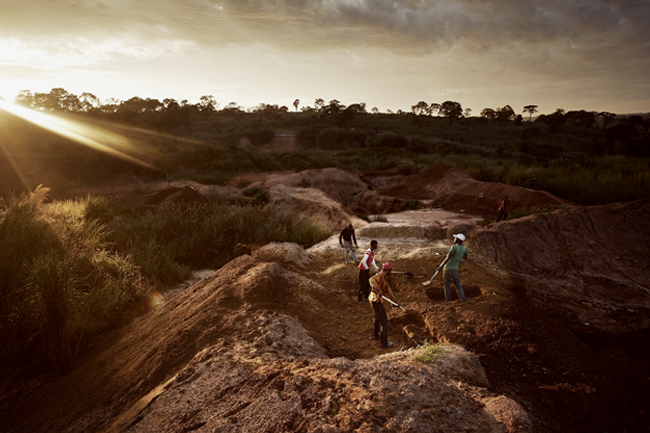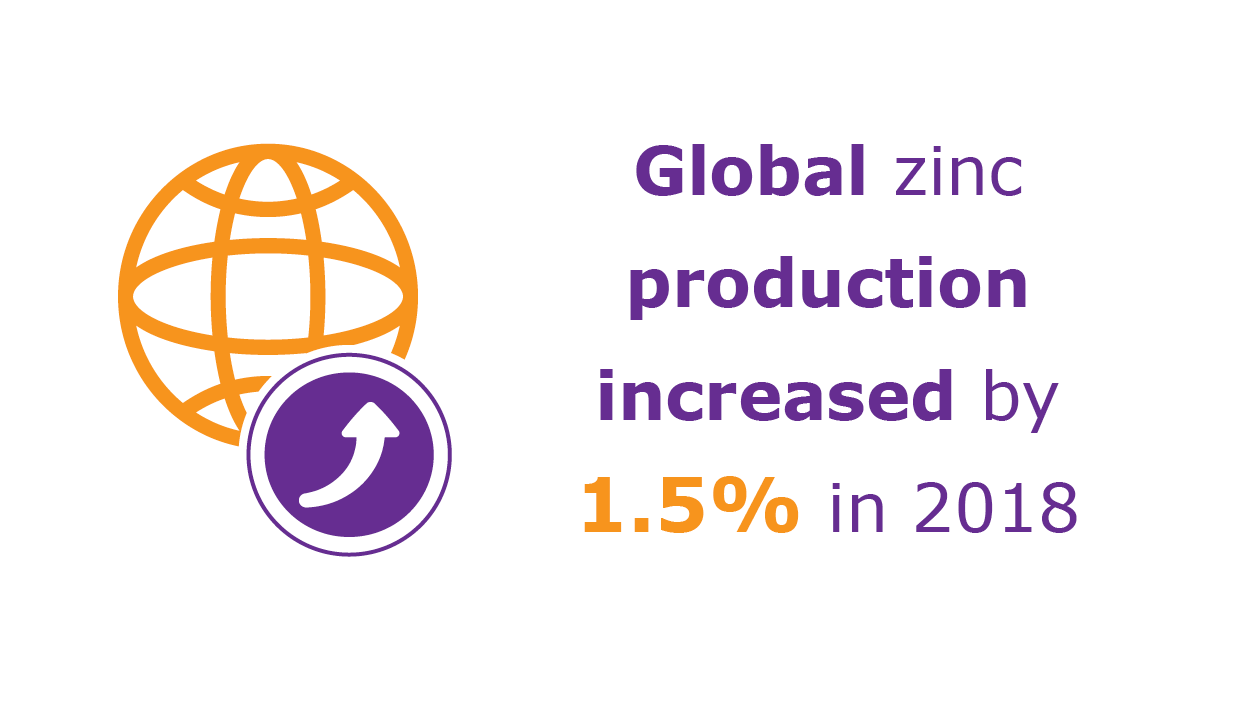Say the words ‘natural’ and ‘resources’ together with ‘Angola’ and most people will respond with ‘oil’. The reason is obvious – Angola is the second largest producer of oil in Africa after Nigeria.
Oil dominates the entire Angolan economy, with petroleum product exports bringing in around US$57 billion a year, according to Opec. Yet the country’s diamond industry is far older – the first mining began in 1912. But despite operations being severely disrupted during the country’s civil war and little dedicated development since its end in the early 2000s, such is the quantity and quality of its gems that Angola is now the world’s fourth-largest producer by value, after Botswana, Russia and Canada, and sixth biggest by volume.
Diamond production reached a record 10 million carats (Mct) last year. Of that, 8.75 Mct came from commercial operators and just under 935 000 carats from small-scale artisanal miners, generating US$1.6 billion in revenue, according to the Angolan Ministry of Geology and Mines. Few people realise that the country also has the world’s fourth-biggest diamond mine, Catoca. The mine began production in 1997 near Saurimo, 840 km from the capital Luanda and is responsible for about 75% of Angola’s rough diamond production.
The 1 km-wide opencast operation is owned by a consortium of the government’s national diamond company Endiama, Alrosa of Russia (32.8% shares), with smaller shares held by the Chinese company LL International Holding BV and Brazil’s Odebrecht.
With an estimated reserves of 130 Mct, the mine produced 1.8 Mct in 2000, yet by 2012 it produced 6.5 Mct, generating revenue of US$575 million before costs, according to Bloomberg. Angola’s total output that year was 8.3 Mct. Bloomberg reported that the mine plans to not only deepen the pit from the current 200m to around 600m, but also to ramp up milling operations on site.
Sociedade Mineira de Catoca, Catoca’s operating company, has several other diamond exploration projects around Angola, including the Tchiuzo diamond mine, expected to begin production in 2017 with a planned annual output of 2.5 Mct.
Just ‘down the road’ from Catoca (about 320 km away) is the Lulo alluvial diamond mine, run by Australian-based Lucapa Diamond Company Limited in partnership with Endiama. Spread out over a massive 3 000 km2 concession, commercial production only began in January this year but in April a 63.05 carat white diamond was found. Lulo, according to Lucapa, hosts ‘type 2a diamonds, the world’s rarest and most valuable gems’ and ‘these kinds of diamonds account for less than 1% of world supply’.
Oil dominates the entire Angolan economy, with petroleum product exports bringing in around US$57 billion a year, according to Opec
The Lulo mine is one of the indications of how investment in Angola’s mining industry has picked up again following the global financial crisis of 2008 when big mining firms such as De Beers cut back on Angolan operations. Last year De Beers returned to the country and was granted a new diamond exploration licence in April this year.
Angola’s government is keen to push the expansion of diamond mining, which is by far its biggest mineral export. ‘We have an enormous diamond potential,’ Antonio Carlos Sumbula, CEO of Endiama, told the media. He said: ‘90% of kimberlite diamonds remain to be discovered and I think that this alone should be a factor that will make any investor wish to come to Angola.’
Despite the long history of diamond production in Angola, and other minerals such as iron ore, the 27-year-long civil war between 1975 and 2002 not only prevented mineral exploration and extraction, but also destroyed huge amounts of infrastructure, especially railway lines. Since 2003, the government has placed priority on mining development, as it is trying to diversify the economy away from its current oil dependence (the mining industry still only accounts for 5% of GDP). Investment is being channelled towards road, rail and port construction and upgrades. Industrial development hubs are being planned and increased focus placed on growing the country’s small power-generation capacity.
Business Monitor International predicted that the country’s mining industry will grow at an average of 5.3% a year, and be worth US$7.5 billion by 2018. There’s been increasing international interest from investors in new areas of mining, including iron ore, but diamonds will continue to be the main contributor to the mining industry for the foreseeable future, according to experts.
Angola’s Minister of Geology and Mines Francisco Queiroz said: ‘The country has many more natural resources and minerals that can be explored. We need to map all those available resources, undertake a strong campaign to attract investment and invest in other minerals such as gold, iron, manganese, coal and still others such as phosphate and copper that the country has in abundance.’
To attract foreign investors, the government revamped mining legislation in 2011. The new legal framework ensures more protection for investors, with exploration and commercial rights now granted under one licence. State participation has been reduced from 50% to 10%, while tax was cut from 35% to 25%.
‘The new law is very clear with lots of security for investors, which gives them certainty, transparency and guaranteed mining rights,’ Queiroz told Bloomberg. ‘It has flexibility for companies to join with partners based on negotiation with the government, not imposition, which is a break from the past.’
Apart from diamonds, iron ore was once one of Angola’s major exports. From the mid-1950s until the civil war began in 1975, iron ore was mined in the Huíla, Malanje, Bié and Huambo provinces. Production reached an average of nearly 6 million tons a year in the early 1970s. Yet, like diamonds, the war halted almost all production, especially since the Unita movement, the rebel opposition, actively targeted mines, their workers and transport networks.
To give an indication of the challenges exploration now faces, deputy director of the Angola Exploration Mining Resources consortium, Henrique Kiako, said in 2013 that when prospecting at the Kassala-Kitungo project in the Kwanza Norte province began in 2012, the company first had to lift landmines from a 2 000 km2 area. The sites are estimated to hold 300 million tons of iron ore and 5 million tons of manganese. The first production is planned for 2017.
In addition to diamonds and iron ore, Angola is also rich in many other resources, some major minerals such as copper and manganese but also other useful minerals including granite, marble, lead, as well as extensive phosphate deposits.
Several companies are launching projects to mine Angola’s estimated 400 million tons of phosphates to make fertiliser. For example, Australian Stock Exchange-listed Minbos Resources is a partner in the Cacata project in Cabinda and expects a feasibility study to be completed by 2016. Vale Fértil, meanwhile, is planning first production in 2017 from its operation near the city of Mucula, in the Zaire province.
‘Our study of the international market has shown there is a phosphorus production deficit of about 25% to 30% and we hope to supply 10% to 15% of world demand in 10 to 15 years,’ Queiroz told Bloomberg. He said the projects will supply 200 000 tons a year to the domestic market and export about the same to the US, China, Europe and India. The aim is to double production within five years.
With huge swathes of the country still unexplored, Angola could turn out to fulfil lucrative prospects for a range of far-sighted mining prospectors.






